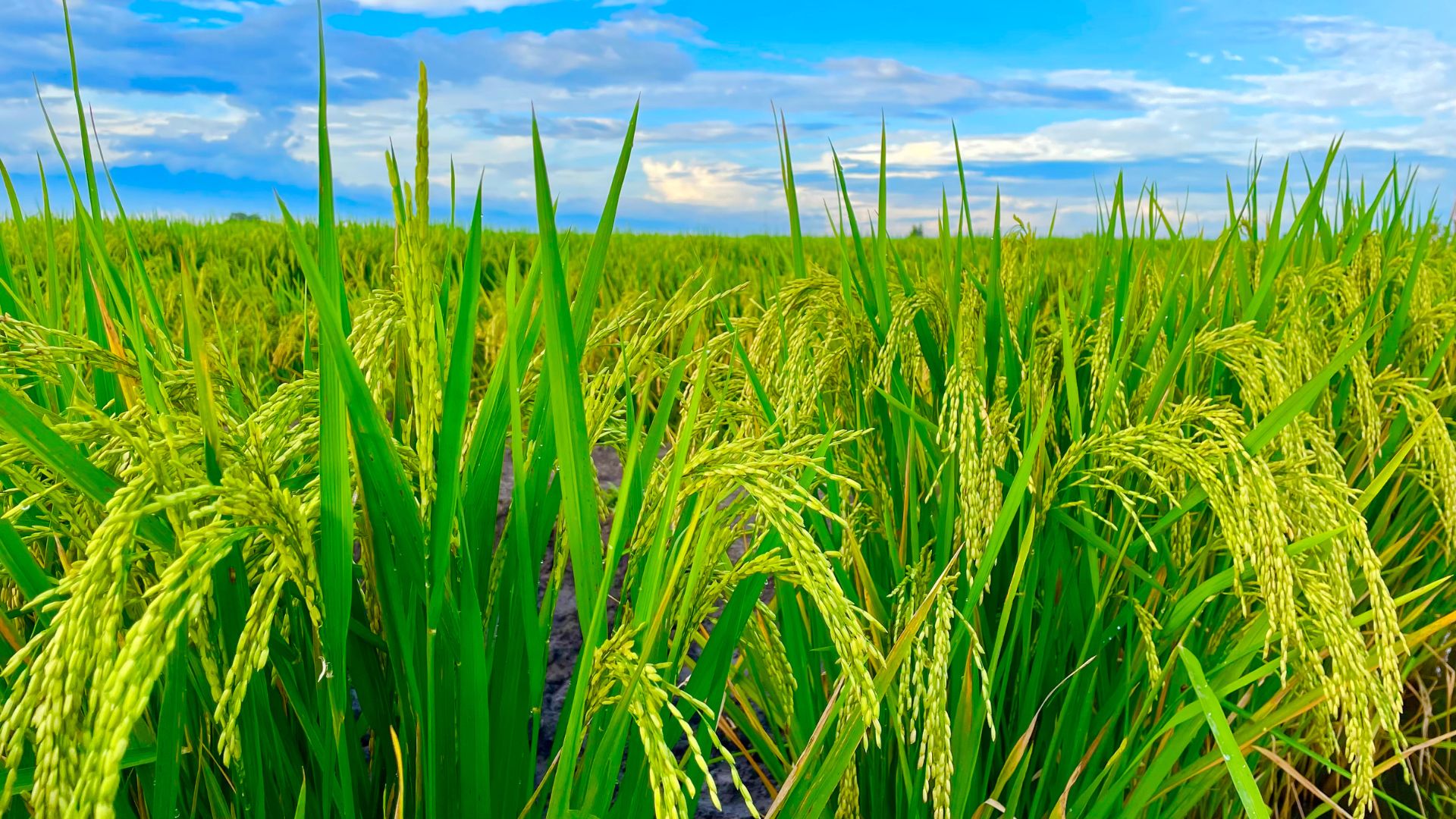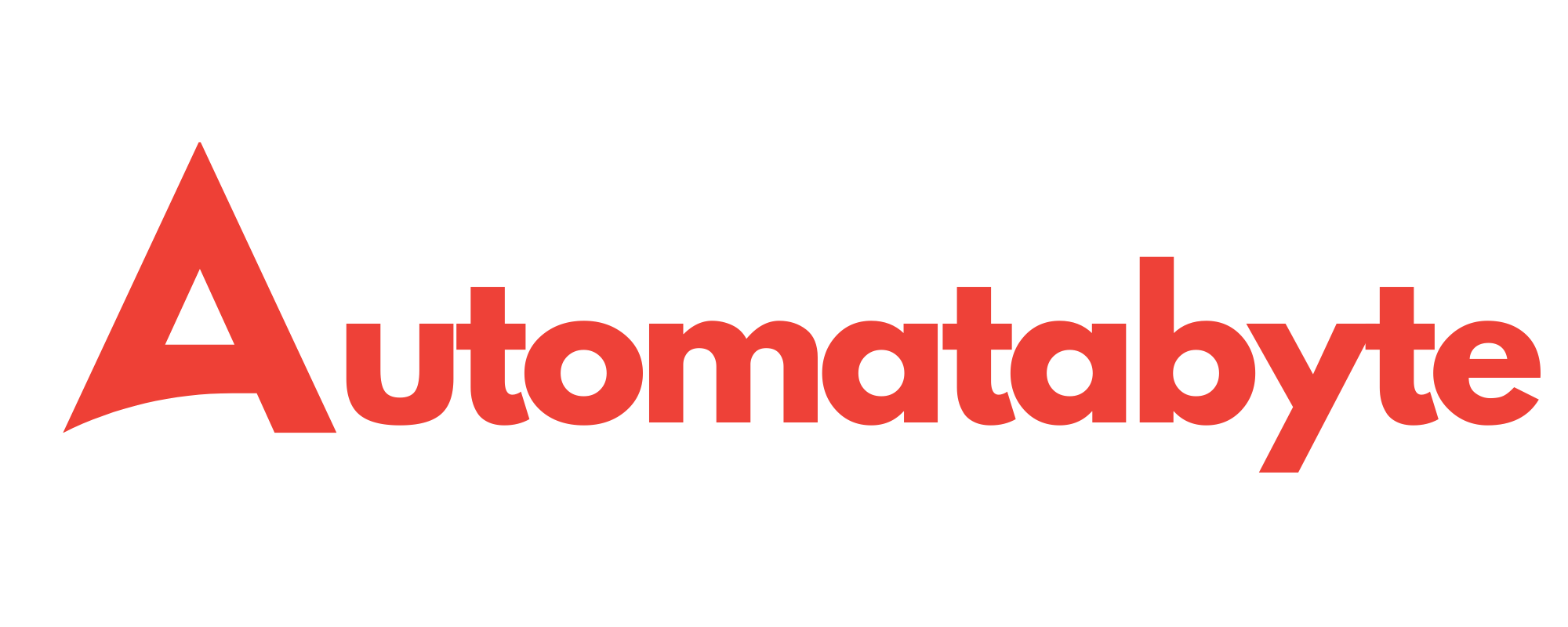Smart Farms of the Future: How Automation is Redefining Agriculture

Agriculture is no longer just about plows and tractors; today’s farms are becoming high-tech hubs powered by automation. Smart farming solutions are redefining how food is grown, harvested, and distributed, increasing efficiency while reducing labor costs and environmental impact.

One of the key innovations in agricultural automation is the use of autonomous machinery. GPS-guided tractors, robotic harvesters, and automated irrigation systems allow farmers to optimize their resources with minimal manual intervention. Sensors embedded in fields monitor soil moisture, temperature, and nutrient levels, enabling real-time adjustments to ensure crops receive exactly what they need.

Drones are also playing a significant role in modern farming. These aerial devices can scan large fields, identify areas needing attention, and even spray fertilizers or pesticides with pinpoint accuracy. This not only improves yield but also reduces the overuse of chemicals, making farming more sustainable.

Vertical farming, another emerging trend, relies heavily on automation. In controlled environments, robots plant, nurture, and harvest crops with precision, using significantly less water and land compared to traditional farming. These high-tech farms bring agriculture closer to urban areas, reducing transportation costs and ensuring fresher produce for consumers.

With automation continuing to advance, smart farms will become the backbone of a more efficient, sustainable, and resilient food production system.
